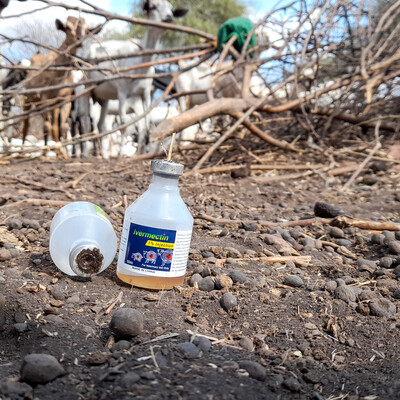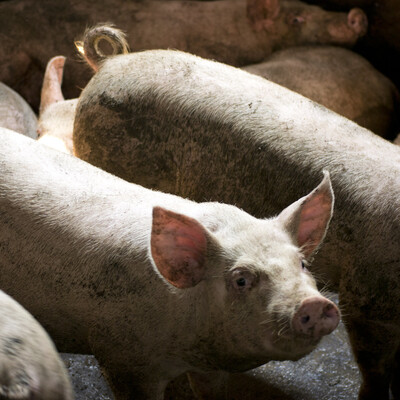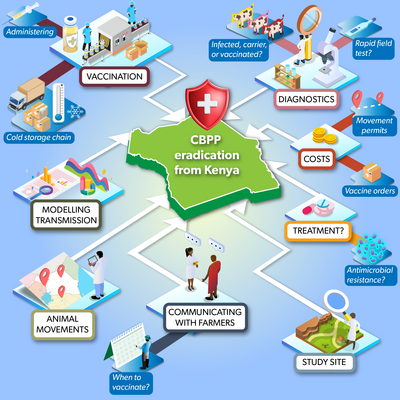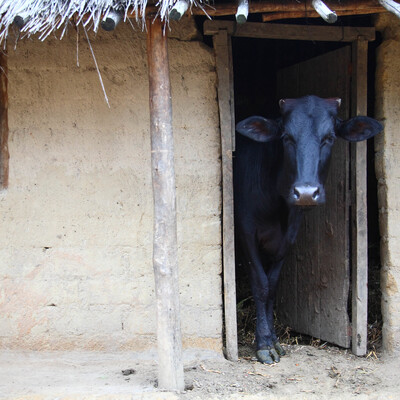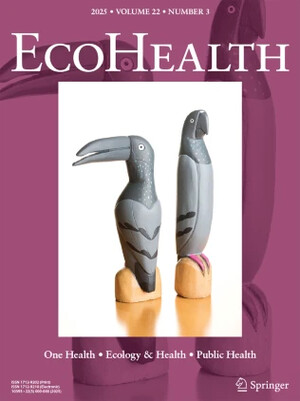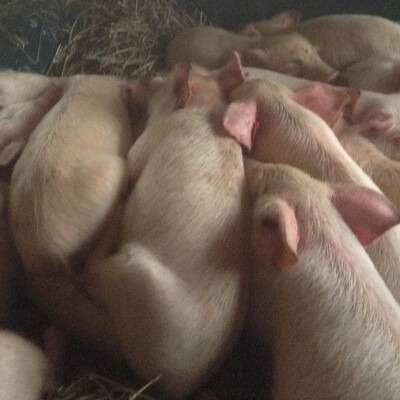
Assessing the impacts of natural disasters and emerging and re-emerging livestock diseases on Ethiopia’s livestock sector
In Ethiopia, livestock is key in ensuring food security, generating rural income and employment, and contributing to national economic growth through foreign exchange earnings. But its contribution to the national economy remains low mainly due to among other challenges, natural disasters such as desert locust infestation and flooding, which destroy crops and forages; and emerging and re-emerging diseases, such as the COVID-19, which have limited access to livestock services.
Despite their significant negative impact, little is known of the effects of these disasters on the livestock sector and animal health services in the country. To create a common understanding among relevant stakeholders on the depth of the impact of natural shocks and emerging and remerging diseases on the livestock sector and animal health services in Ethiopia, the European Union-funded Health of Ethiopia Animals for Rural Development project organized a hybrid (virtual and in-person) workshop in November 2020.
The ‘Current natural shocks and their implications in livestock development and animal health in Ethiopia’ workshop brought together 86 participants from government institutions, development partners, public and private veterinary service and product providers, academia, and research institutes.
Four presentations at the workshop analysed the effect of the COVID-19 pandemic and desert locust infestation on Ethiopia’s livestock production over the past year. Ermias Alemu, from the Ministry of Agriculture, spoke of ‘the impacts of COVID-19 pandemic on livestock development and animal health services in Ethiopia,’ saying movement restrictions and repurposing of government laboratories for COVID-19 testing had interrupted the animal diseases surveillance, prevention, control, and inspection activities of the ministry.
Noting that the poultry sector was particularly affected by COVID-19, Ermias said the pandemic has forced breeder farms to dump their day-old chicks, slaughter their parent stocks and sell breeder eggs as table eggs due to lack of demand and delayed import processes. Moreover, transport restrictions and input suppliers’ and transport service providers’ fear of contracting the virus has resulted in reduced access to inputs. ‘Further, small- and middle-scale farmers are no longer willing to purchase day old chicks as the demand for poultry and poultry products has dropped by 70%and lack of foreign currency to buy vaccines has resulted in losses of close to ETB123,000,000 (USD2.9 million),’ he said. In addition, lack of foreign currency has led to the closure of many breeder farms with only 6 out of the 21 breeder farms currently operating. However, on the positive side, the demand for eggs is slowly increasing with the price ranging from ETB 5–6 but the breeder farms are struggling to meet the demand because the lack of foreign currency makes it difficult for them to import parent stocks. COVID-19 has also led to job losses in the poultry sector, with many staff on forced leave or on reduced pay.
Ermias recommended the setting up poultry abattoirs and cold chain facilities, supporting market linkages, providing financial support (e.g. temporary tax relief, dedicated emergency loan programs, direct stimulus payments, tax exemptions, extensions for overdue loan repayments, grace periods, low interest rates and direct public investments and subsidies). He also said improving import regulations and increasing access to foreign currency, promoting poultry egg and meat consumption, establishing compensation frameworks to value chain actors and conducting research the impacts of COVID-19 on the sector to come up with solutions was necessary. Lastly, he said, synergies between the Ministry of Agriculture, the Ethiopian Meat and Dairy Industry Development Institute (EMDIDI), the Ethiopian Poultry Producers and Processors Association (EPPPA), and other development partners and value chain actors were needed for better working conditions in the poultry sector.
Tesfaye Chibssa, director of the National Animal Health Diagnosis and Investigation Centre (NAHDIC) said COVID-19 had affected livestock production, farmer livelihoods and animal health by reducing livestock feed availability and livestock extension services such as artificial insemination resulting in low milk production, decreased animal disease surveillance and disease control activities.
Gijs van‘t Klooster, team leader of the Food and Agriculture Organization of the United Nations (FAO) Ethiopia emergency centre for transboundary animal diseases and animal health and production team, noted that the desert locust invasion in Ethiopia was the worst in 25 years. Six regional states were affected namely, Afar, Amhara, Oromia, Somali, Tigray, and SNNP and Dire Dawa as of February 2020. The locust swarm coupled with COVID-19 has affected the livestock sector in many ways. For example, cereal prices had increased by 50% from the previous year, reduced market demand has stagnated livestock prices, reduced grazing has decreased livestock conditions and resilience of livestock keepers has been eroded because of sale of livestock. Desert locusts had consumed pasture in Dire Dawa, Northern Somali, and agro-pastoral areas of eastern Oromia, resulting in pasture and browse losses between September to mid-October. The locusts have destroyed vegetation, especially staple cereal crops, legumes, browse and pastures and resulted in huge economic losses. The World Bank estimates that the losses in the Horn of Africa could reach US$8.5 billion by the end of the 2020.
According to the 2018 FAO feed inventory and feed balance report, the feed balance in most of Ethiopia is already negative during most of the year, in ‘normal’ years. Therefore, any hazard that impacts on the vegetation, seriously affects the resilience of the livestock keeping systems. Klooster said Ethiopia needs to establish a more quantitative system of monitoring and reporting vegetation loss, roll out a full livestock early warning system (LEWS), establish a more quantitative monitoring and reporting of livestock body condition and organize a national capacity development platform to improve surveillance for locust throughout the country. This could be achieved by promoting widespread use of eLocust3m application.
Temesgen Tadesse, veterinary expert, National Disaster Risk Management Commission spoke about the ‘the impacts of heavy rain fall and flood on livestock sector and livelihoods in Ethiopia,’ noting that in 2020, flood has affected and displaced about 1,095,358 and 313,179 households respectively in the six regional states.
Flooding not only leads to loss of livestock but also predisposes animals to diseases such as anthrax and vector-borne diseases. To reduce the impact of floods, the National Disaster Risk Management Commission has set up emergency coordination centres at national and regional/zonal levels to coordinate emergency responses and is providing feeds and vaccine/drugs for the affected animals and implementing a risk management system. It is also developing woreda disaster risk profiles and associated disaster risk reduction plans. These plans will be incorporated into sectoral development plans and implemented to avoid/minimize the impacts of floods and similar hazards. The commission is also preparing rehabilitation strategies including for animal restocking and maintaining damaged facilities.
Workshop participants underlined the need for all the stakeholders to work together to understand the depth of the impacts of the natural disasters and emerging and re-emerging diseases on the livestock sector and come up with solutions. The recommendations of the workshop will be used to design effective policies and responses to natural disasters and emerging diseases that affect the livestock sector in Ethiopia.
Funded by the European Union, component two of the HEARD project ‘improving technical competencies (knowledge, skills and attitudes) and incentives for veterinary service providers to deliver better and rationalized services’ is implemented by the International Livestock Research Institute (ILRI) and the Ethiopian Veterinary Association (EVA). The lead implementer is the Federal Democratic Republic of Ethiopia’s Ministry of Agriculture.






